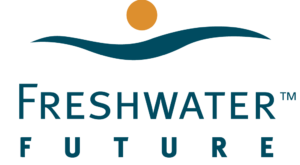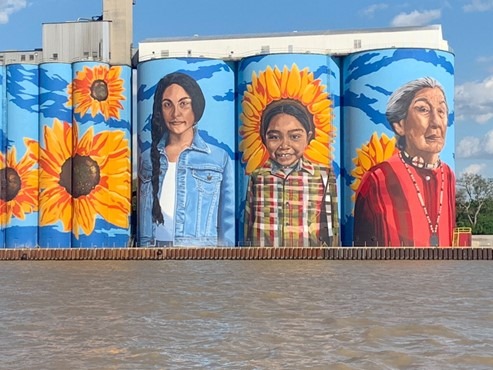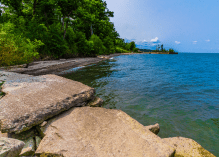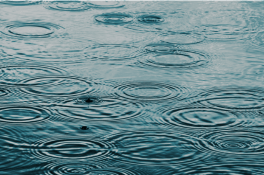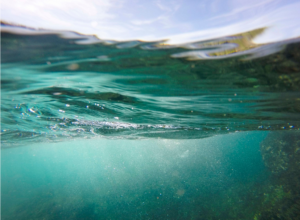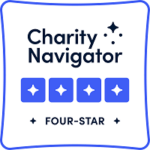By Alexis Smith
My entire life I have been able to call the Great Lakes region home. Like so many living in and around the region, I took for granted that my city is located just off the coast of one of the world’s largest sources of freshwater. It wasn’t until the 2014 Toledo water crisis hit that I really understood how vital a role one Great Lake in particular, Lake Erie, played in our lives. I live 20 minutes away from where the Maumee River empties into the Western Lake Erie Basin. Some of my fondest memories of growing up were walking along the river with my parents and two brothers in downtown Toledo. The city of Toledo, in recent years, has been able to capitalize on this riverwalk attraction by installing new parks, trails, and restaurants right on the riverfront. Hundreds of thousands of people, my family included, get to frolic and take in the vast, albeit murky, view of the river.
Lake Erie is the fourth largest Great Lake with the shallowest waters, but has the greatest and most diverse fish production of its counterparts. The lake also provides drinking water to millions throughout the region, serves as a shipping route for both the US and Canada, and offers miles of sandy shorelines for recreation and extensive marshland for bird migration.
However, Lake Erie is also the lake most impacted by human activity. Ten years since the water crisis and we are still no closer to solving the harmful algal bloom issue. Nutrient pollution continues to run rampant. Families can no longer swim freely in the lake, businesses are impacted, and wildlife in and around the lake is suffering. Efforts to reduce nutrient pollution have yet to target one of the most significant causes of the lake’s impairment – manure and waste run-off from industrial-sized farms. Every year hundreds of thousands of people who rely on the lake for drinking water worry that another crisis could happen.
We at Freshwater Future and Freshwater Future Canada along with our partners hope that the #WeAreLakeErie campaign not only serves as an opportunity to reflect on what Lake Erie means to us, but also continues to raise awareness of the issues plaguing Lake Erie and inspires residents to take action. We ARE Lake Erie. Advocates like the Lake Erie Waterkeepers are working to push back on CAFO operations through advocacy in legal action. Others are helping to restore wetlands and performing edge-of-field testing to pinpoint sources of pollution. You can get involved by calling your state and federal elected officials and asking for manure and nutrient management of large agricultural operations through funds for monitoring and enforcement of the Clean Water Act. The actions we take today can impact the health and well-being of the lake in the future.
